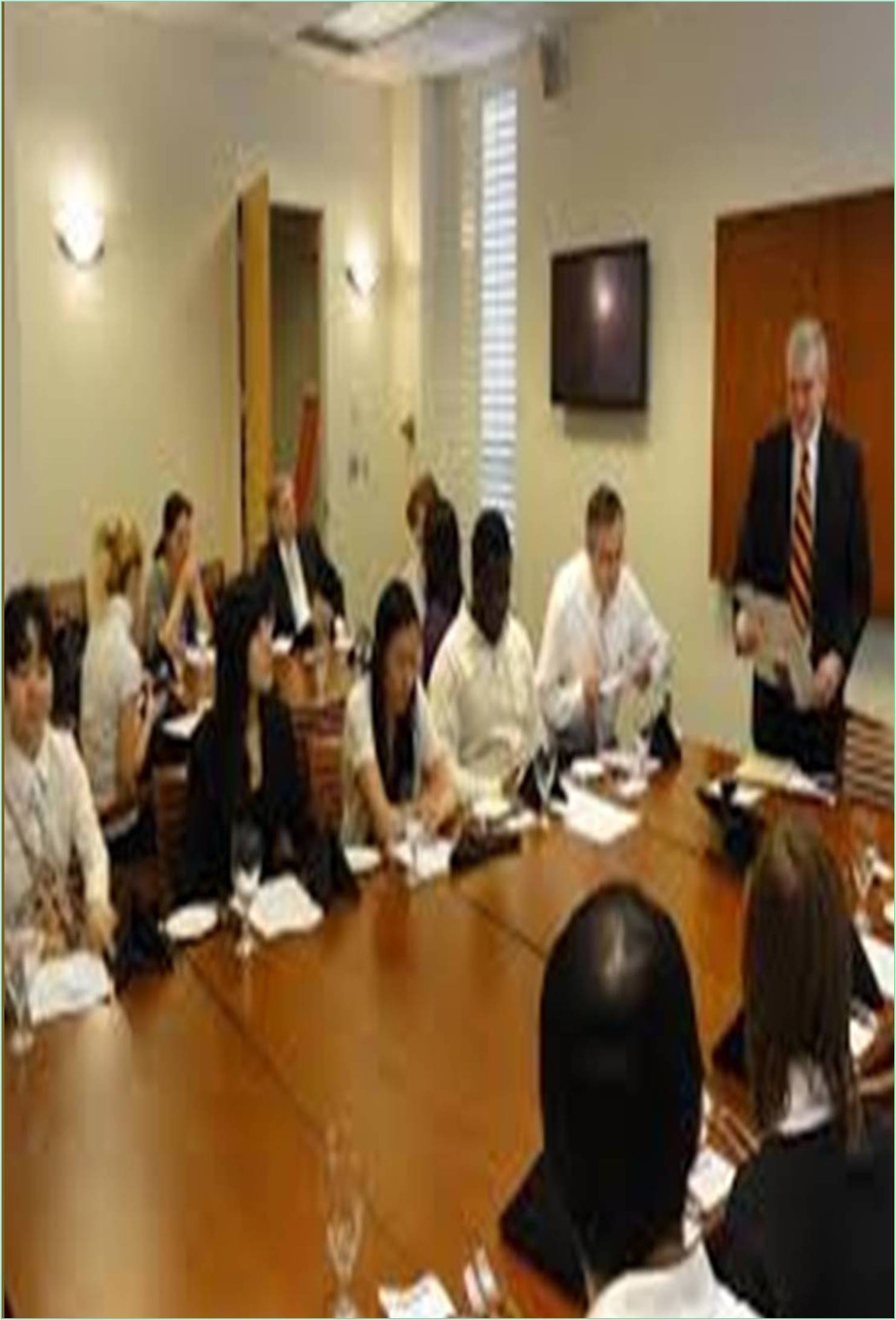



Published: 05-Jul-2021
Management trends can change so fast, the long-term trend in management has been defined by a market embracing diversity and a rising service industry. Managers are currently being trained to encourage greater equality for minorities and women in the workplace, by offering increased flexibility in working hours, better retraining, and innovative (and usually industry-specific) performance markers. Managers destined for the service sector are being trained to use unique measurement techniques, better worker support and more charismatic leadership styles. Human resources finds itself increasingly working with management in a training capacity to help collect management data on the success (or failure) of management actions with employees For an economist, management is one of the factors of production together with land, labor, and capital. As the industrialization of a nation increases, the need for management becomes greater. The managerial resources of a firm determine, in large measure, its productivity and profitability. Executive development, therefore, is more important for those firms in a dynamic industry in which progress is rapid.
Administrator’s point of view, management is a system of authority. Historically, management first developed an authoritarian philosophy. Later on, it turned paternalistic. Still, later, constitutional management emerged, characterized by a concern for consistent policies and procedures for dealing with the working group. Finally, the trend of management turned towards a democratic and participatory approach. Modern management is nothing but a synthesis of these four approaches to authority. A manager can do much to improve the work environment, stimulate people to perform better, achieve progress, bring hope and accomplish better things in life. The study of management has evolved into more than just the use of means to achieve ends; today it includes moral and ethical questions concerning the selection of the right ends towards which managers should strive. Management is the science and art of getting people together to accomplish desired goals and objectives by coordinating and integrating all available resources efficiently and effectively.
Roles of Managers within the Organization
Organizational structure is important in driving the business forward and every organization has a structure. No matter the organizationally specific title, organizations contain front-line, middle, and top managers. Above the top management team are a CEO and a board of director levels. To see this structure even more clearly, visualize a pyramid model. The more you move toward the top of the pyramid, the fewer managers you have. All of these management roles have specific tasks and duties. According to Jones and George, “A managerial role is the set of specific tasks that a manager is expected to perform because of the position he or she holds in an organization.” These skills can be gained with a degree in organizational management.
All great managers play important roles in this model. One important thing to remember is from Henry Mintzberg, a management scholar who researched and reduced thousands of tasks performed by managers to 10 roles (ICPM). His model points out that there are three main types of roles all managers play; they are decisional, interpersonal, and informational. In the decisional role, managers can perform in an entrepreneurial manner, as a disturbance handler, resource allocator or negotiator. In an interpersonal role, managers may be figureheads, leaders, and liaisons. In the informational role, they monitor, are disseminators or spokespersons, and they share information.